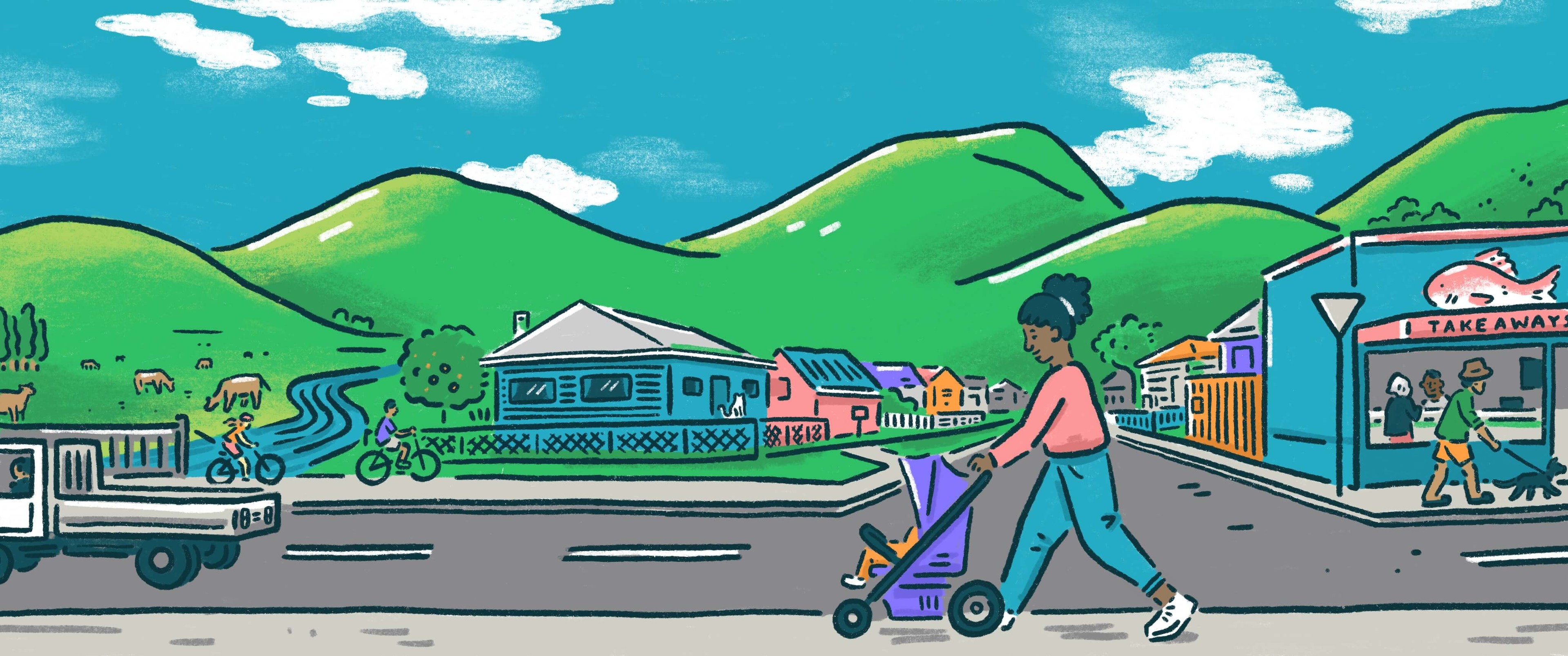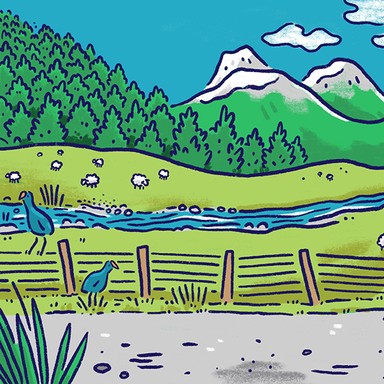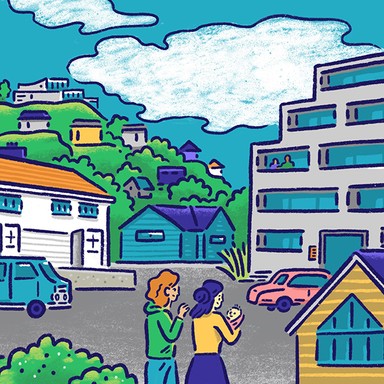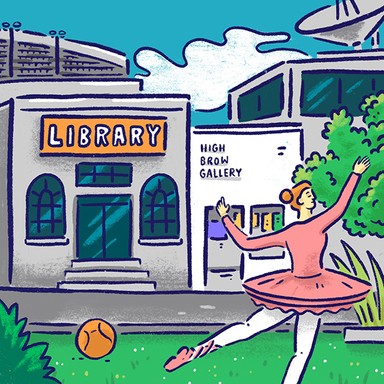
Ruapehu District Council

Transport
Helping communities get from A to B is a key responsibility of local government, from making sure the buses run on time to providing car parking and walking and cycling paths. Whether public transport is the responsibility of the regional or local council depends on where you are in the country. Local councils also own 87% of New Zealand’s roads.

Transport
Helping communities get from A to B is a key responsibility of local government, from making sure the buses run on time to providing car parking and walking and cycling paths. Whether public transport is the responsibility of the regional or local council depends on where you are in the country. Local councils also own 87% of New Zealand’s roads.
Build a region-long trail and walk trail in partnership with Manawhenua and encourage cultural tours throughout the rohe.
Ensure accessible walkways and pathways in our towns designed for mobility scooters, bikes and walkers in mind.
Partner with schools and build a bicycle project and road safety road map to increase road safety awareness and also increase youth fitness.
Work with mana whenua and incorporate local history along a walking trail, implemented and hosted by local iwi.
Ensure all areas are easily accessible and safe for all pedestrians, including whānau with disabilities.
Work with the local iwi to establish extended cycleway.
Build a region-long trail and walk trail in partnership with Manawhenua and encourage cultural tours throughout the rohe.
Ensure accessible walkways and pathways in our towns designed for mobility scooters, bikes and walkers in mind.
Partner with schools and build a bicycle project and road safety road map to increase road safety awareness and also increase youth fitness.
Work with mana whenua and incorporate local history along a walking trail, implemented and hosted by local iwi.
Ensure all areas are easily accessible and safe for all pedestrians, including whānau with disabilities.
Work with the local iwi to establish extended cycleway.
Mayor
Compare the mayoral candidates in your area
Local council
Compare the candidates for your city or district council
Regional council
Compare the candidates for your regional council
Local board
Compare the candidates for your local or community board







